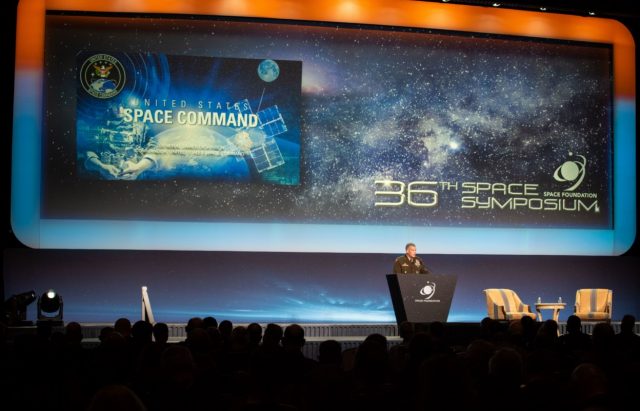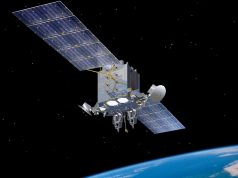
The commander of the US Space Command, Army Gen. James Dickinson, declared initial operational capability for the Pentagon’s 11th combatant command on August 24.
The IOC milestone was reached almost exactly two years after the command was (re)established in August 2019. The first iteration of the Space Command operated for 16 years between 1985 and 2002, when it was disestablished and its responsibilities transferred to the Strategic Command.
“The rich space operations legacy of US Strategic Command and its largest component, Air Force Space Command, meant that when our combatant command was established two years ago, we weren’t starting on the launch pad,” Dickinson said. “However, we are a very different command today at IOC then we were at stand-up in 2019 — having matured and grown into a warfighting force, prepared to address threats from competition to conflict in space, while also protecting and defending our interests in this vast and complex domain.”
During the past two years, USSPACECOM accomplished multiple milestones on the path to IOC. These include receiving assigned components from five military services to USSPACECOM, the establishment of two functional components (Combined Forces Space Component Command and Joint Task Force-Space Defense) and the construction of headquarters command and control capabilities with 600 space professionals.
Other milestones include the first USSPACECOM operations order under operation Olympic Defender, as well as several tier 1 war games, war fighting rehearsals and exercises to test and refine space warfighting command and control relationships.
“Simply put, US Space Command is ready to deter conflict, and if necessary, defeat aggression and, along with allies and partners, defend our vital interests in the space domain,” Dickinson said.
The command’s focus now shifts to achieving full operational capability. Looking ahead, FOC will require the headquarters be fully staffed, establishing a permanent headquarters and approving an OPLAN and updated campaign plan.
Also, USSPACECOM will look to define criteria for “Tenets of Responsible Behaviors” for military operations in space, in accordance with the recently released Secretary of Defense memo.
“In the same way our command has matured and grown during the last two years, so has the threat,” said Space Force Lt. Gen. John Shaw, USSPACECOM deputy commander. “The Department of Defense must lead by example — committing to promote responsible behavior for military space operations in order to assure the space domain remains secure, stable, sustainable and accessible.”
The memo from Secretary of Defense Lloyd Austin charged USSPACECOM with developing and coordinating guidance regarding five tenets of responsible behavior in space.
Dickinson explained developing a shared understanding among space-faring nations of what constitutes safe and responsible military space operations can contribute to the US whole-of-government approach to creating a more stable and predictable space environment by reducing the risk of miscommunication and misinterpretation.
“These tenets represent a first step in ensuring the ability of all space-faring nations to operate freely and openly in space,” he said.

























